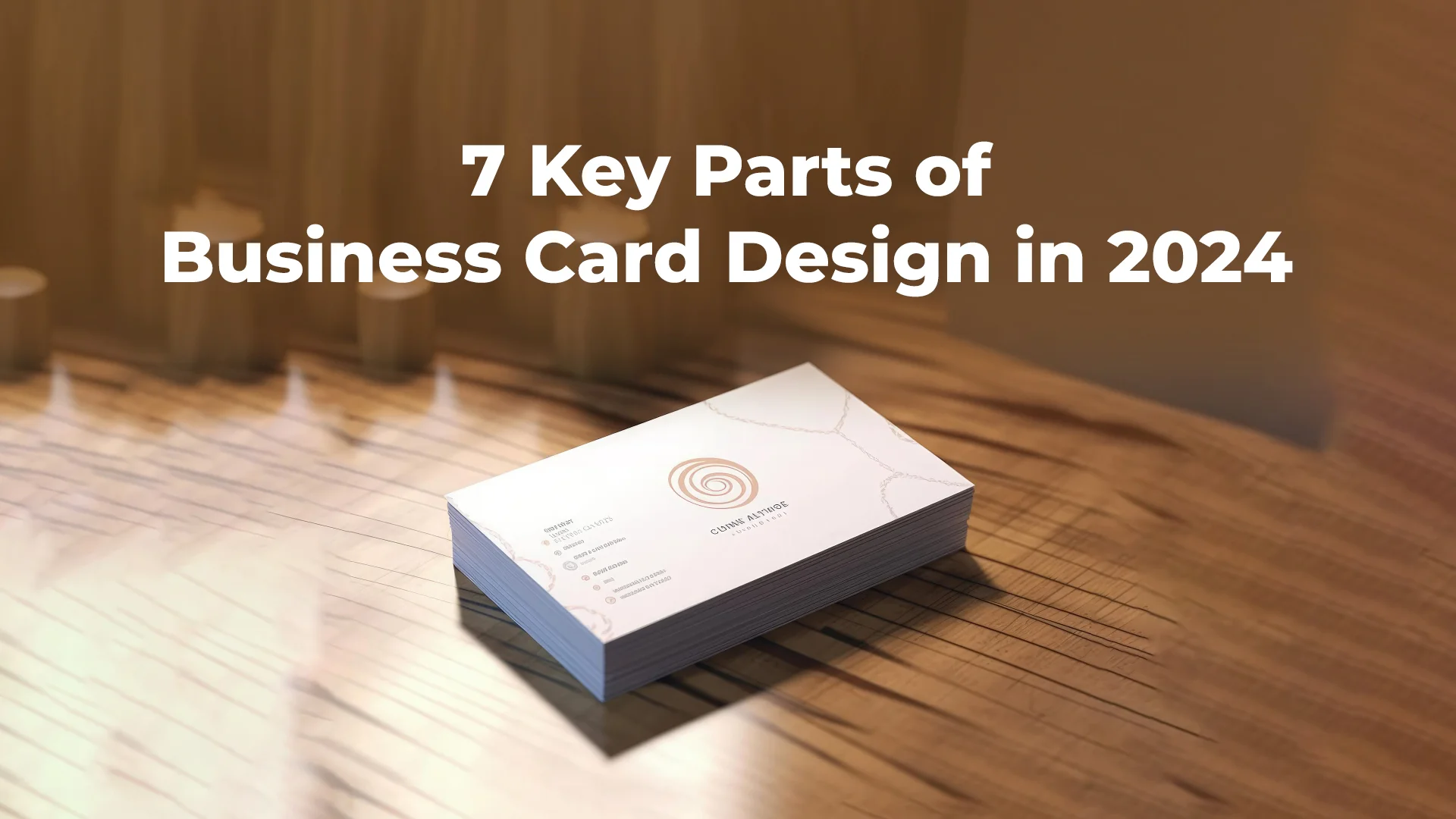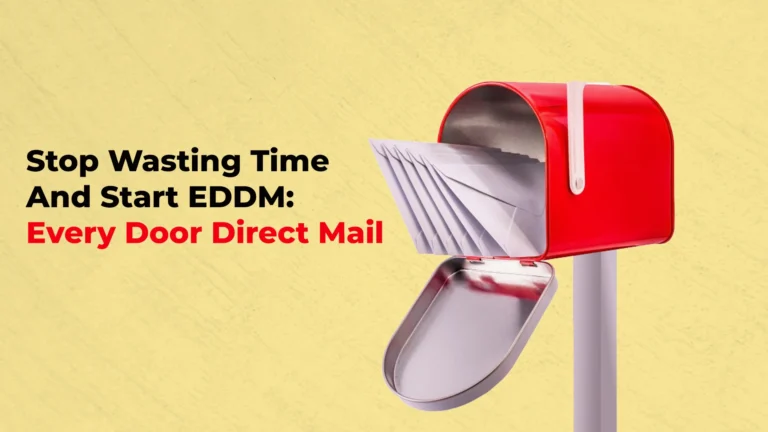7 Key Parts of Business Card Design in 2024
Introduction to Business Card Design
In a world where digital connections often take precedence, business cards remain a tangible touchpoint in networking and marketing strategies. The design of your business card speaks volumes about your brand identity and professionalism. In this dynamic landscape of 2024, let’s delve into the key components that make a stellar business card design stand out from the crowd!
Understanding the Importance of Keywords
Keywords play a crucial role in business card design, influencing how your card is perceived online. By strategically incorporating relevant keywords related to your industry or services, you can enhance the visibility of your business card maker. This not only helps potential clients find you more easily but also boosts your brand’s credibility and professionalism.
In today’s digital age, search engines like Google rely heavily on keywords to match user queries with relevant content. Therefore, by including key terms that accurately describe your business or offerings on your business card, you increase the chances of being discovered by those looking for products or services similar to yours.
Moreover, utilizing keywords effectively can also improve your search engine optimization (SEO) efforts. When potential clients search for businesses like yours online, having the right keywords on your business card increases the likelihood of appearing higher in search results.
1: Eye-Catching Graphics
When it comes to business card design, eye-catching graphics play a crucial role in making a lasting impression.
A visually appealing graphic can instantly grab the attention of the recipient and convey the essence of your brand. Whether it’s a striking logo, vibrant colors, or unique illustrations, graphics are essential for standing out in a sea of business cards.
Make sure that the graphics you choose align with your brand identity and message. Consistency is key when it comes to creating a memorable and cohesive design.
Experiment with different shapes, patterns, or textures to add depth and visual interest to your business card. Think outside the box and don’t be afraid to get creative with your graphic elements.
Remember that less is often more when it comes to designing eye-catching graphics for your business card. Keep it clean, simple, and impactful for maximum effect on potential clients or partners.
Incorporating high-quality images or custom illustrations can elevate the overall look of your business card design and leave a lasting impression on anyone who receives it.
2: Clear and Concise Text
When it comes to business card design, the text you choose is crucial. Keep it clear and concise to make sure your message gets across effectively. Avoid cluttering your card with unnecessary information – stick to the essential details like your name, job title, and contact information.
Using a clean and easy-to-read font is key in ensuring that your text is legible at a glance. Make sure the size of the font is appropriate so that all information can be easily seen without straining the eyes.
Consider using bullet points or short phrases instead of long sentences to convey information quickly and efficiently. This will help streamline the content on your business card while maintaining clarity.
Remember, less is more when it comes to text on a business card. Focus on what’s most important for potential clients or contacts to know about you and your business.
3: Consistent Branding
Consistent branding plays a crucial role in making your business card stand out. It’s not just about having your logo on the card; it’s about ensuring that all elements align with your brand identity. From colors to fonts, every detail should reflect your brand image.
When designing your business card, make sure to use the same color palette and typography as seen across your other marketing materials. This helps create a cohesive look that reinforces brand recognition.
Additionally, incorporating elements like taglines or slogans that are consistent with your brand messaging can further solidify your identity in the minds of potential clients or customers.
Consistency in branding on your business card is key to building trust and credibility with those who receive it. It shows professionalism and attention to detail, leaving a lasting impression long after the initial interaction.
4: Contact Information Placement
When it comes to designing a business card, the placement of contact information is crucial. Make sure your phone number, email address, and website are easily visible on the card. Consider placing this vital information strategically so that it stands out but also flows well with the overall design.
One option is to feature the contact details prominently on one side of the card, ensuring they are easy to find at a glance. Another approach could be to distribute the information across both sides for a balanced look. Whichever layout you choose, prioritize legibility and clarity above all else.
Experiment with different fonts and sizes to emphasize key details like your phone number or email address. Additionally, consider adding any relevant social media handles if applicable. Remember, simplicity is key when it comes to contact information placement on your business card design!
5: Utilizing White Space
When it comes to designing a business card, utilizing white space is crucial for creating a clean and professional look. White space doesn’t necessarily have to be white; it refers to the empty spaces around design elements that help them stand out.
By incorporating ample white space in your business card design, you can prevent it from looking cluttered or overwhelming. This breathing room allows the important information on your card to be easily read and understood by the recipient.
Strategic use of white space can also draw attention to key elements like your logo or contact information. It gives your business card a sense of balance and sophistication, making a lasting impression on anyone who receives it.
Remember, less is often more when it comes to design. Embrace the power of white space in your business card layout for a sleek and modern aesthetic that sets you apart from the competition.
6: Incorporating QR Codes or Other Technology
Incorporating QR codes or other technology into your business card design can take it to the next level of functionality and innovation. By adding a QR code, you can provide recipients with instant access to your website, portfolio, or contact information simply by scanning it with their smartphones.
This interactive element not only makes your business card stand out but also demonstrates that you are tech-savvy and forward-thinking in your approach. Additionally, QR codes can track engagement metrics, allowing you to measure the effectiveness of your business cards in real-time.
Aside from QR codes, consider integrating NFC technology or augmented reality features for a more immersive experience. These cutting-edge technologies can leave a lasting impression on potential clients and make your business card unforgettable in a sea of traditional designs.
Embrace the power of technology to elevate your branding efforts and make meaningful connections with those who receive your business card.
7: Choosing the Right Printing
When it comes to business card design, choosing the right printing method is crucial. The quality of your business cards can make a significant impact on how potential clients perceive your brand.
Opting for high-quality printing techniques can elevate the overall look and feel of your business cards, making them stand out in a sea of competitors. From offset printing to digital printing, there are various options available to suit your specific needs and budget.
Consider factors like paper stock, finish options, and turnaround time when selecting a printing method. Matte or glossy finishes can add a touch of sophistication, while premium paper stocks convey professionalism.
Don’t overlook the importance of color accuracy in printing. Make sure the printer you choose has the capability to reproduce colors accurately to maintain brand consistency across all marketing materials.
Remember, investing in professional printing services may come with a higher price tag but can ultimately enhance the credibility and professionalism of your business cards.
Conclusion
Creating a well-designed business card is essential for making a lasting impression on potential clients and customers. By incorporating eye-catching graphics, clear text, consistent branding, strategic contact information placement, white space utilization, technology integration like QR codes, and selecting the right printing options, you can elevate your business card design to stand out in 2024. Remember that your business card is often the first tangible representation of your brand that people will see – make it count with a design that reflects your professionalism and attention to detail. Stay ahead of the curve in business card design trends to leave a memorable mark on everyone you meet!


